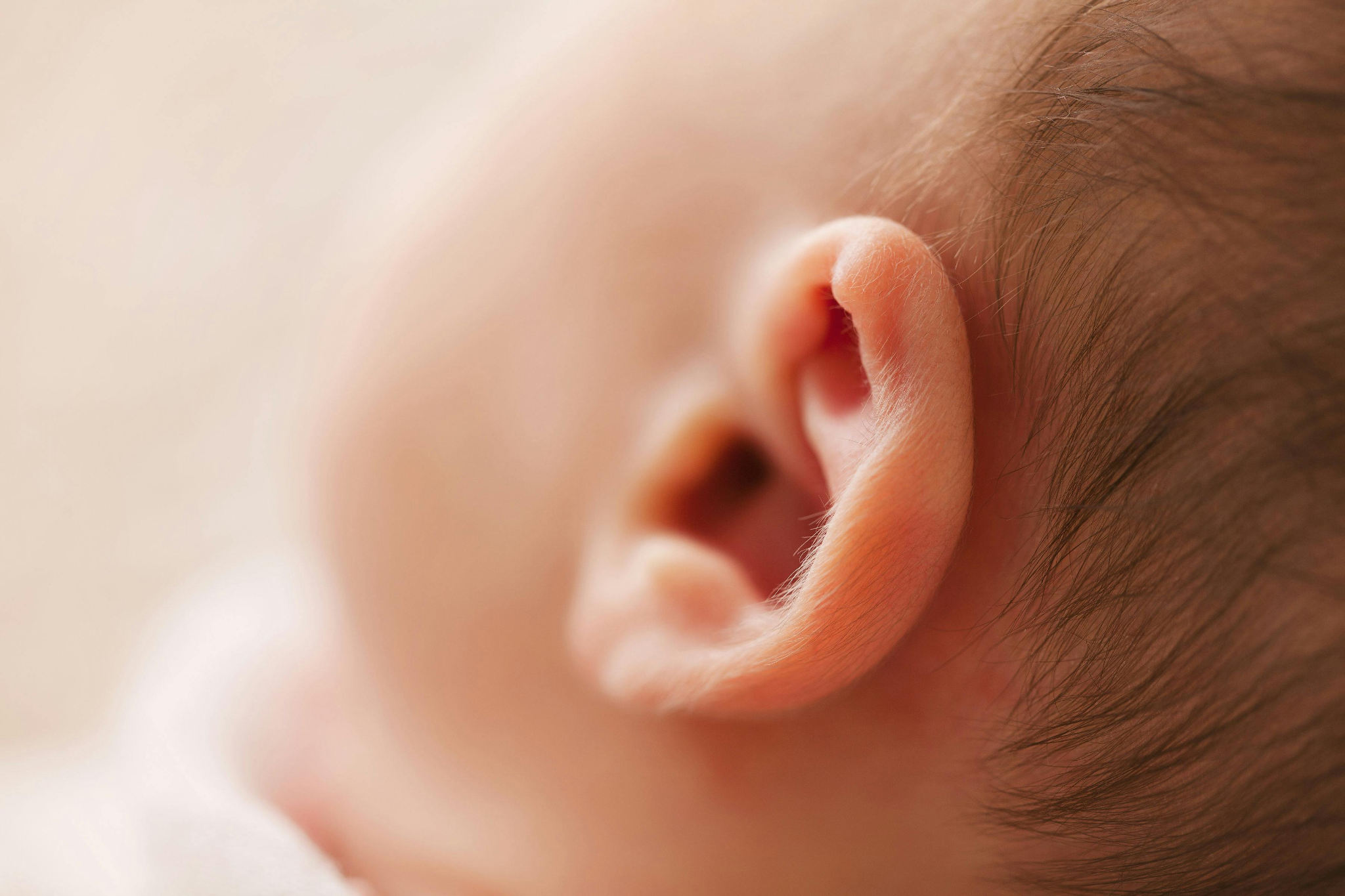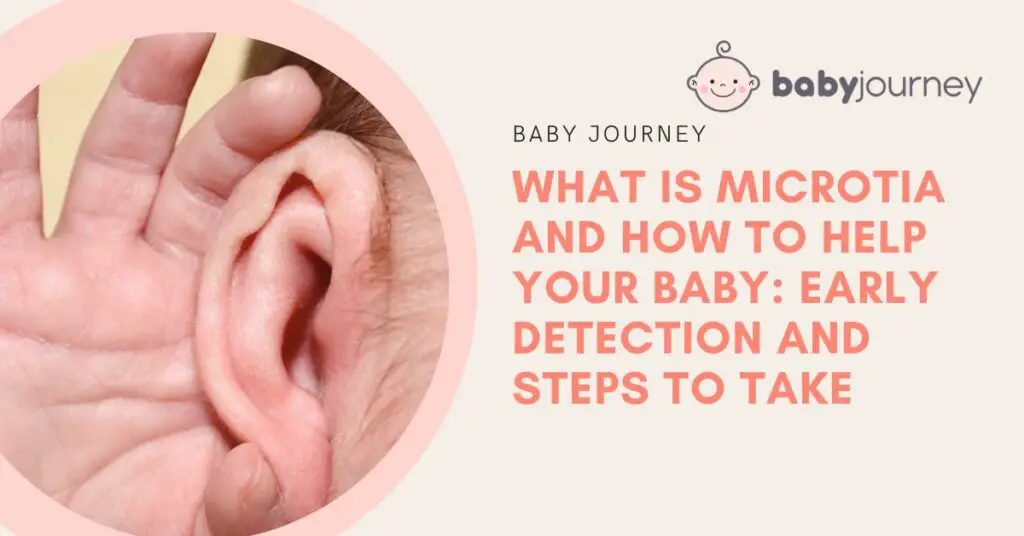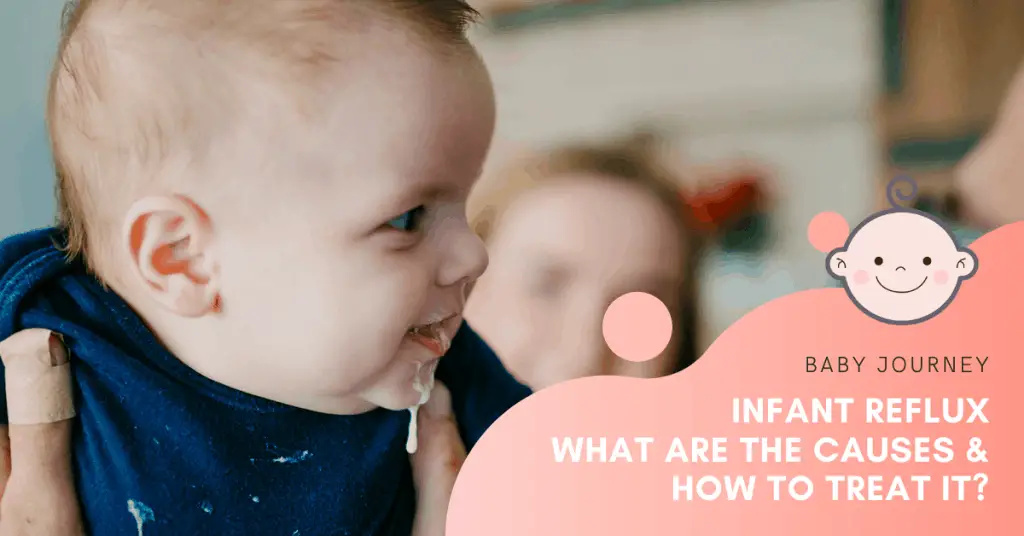Finding out your little one might have microtia ear can bring up a whirlwind of emotions. It’s a condition where their tiny ear doesn’t quite look or function like we’d expect, appearing right from birth. But here’s the heart of the matter: knowing about the ear birth defect early can make a world of difference, guiding you on how best to support your child’s microtia syndrome journey with love and understanding.
Embracing the Basics of Microtia

When we talk about microtia definition, we’re referring to a condition where your baby’s ear might not have developed fully during pregnancy. This can range from a smaller than usual ear (microtia grade 1) to the complete absence of the ear (anotia), with several grades in between that describe the extent of development. Each case is unique, with the condition potentially affecting one or both ears.
What’s essential to grasp is that microtia isn’t just about the outer appearance of the ear. It can also influence the ear canal and the tiny bones inside the ear, which are crucial for hearing. This means that while some children with microtia might have little to no hearing issues, others might face more significant challenges.
Embarking on this journey can often feel daunting, yet taking the initial step to become informed is crucial. This knowledge serves as the groundwork for planning how best to support your child—whether it involves seeking a specialist for hearing evaluations, exploring microtia hearing aid options, or simply understanding the impact of microtia hearing loss on their everyday life.
For families contemplating surgical interventions, Tahiri Plastic Surgery provides a beacon of expertise in reconstructive procedures, tailoring their microtia surgery approach to meet the unique needs and circumstances of your child. It’s about offering viable options that align with your family’s preferences while ensuring you navigate this path with clarity and compassion. Equipping yourself with a fundamental understanding of microtia arms you with the ability to offer your child the solid support of your guidance as they navigate their journey.
The Power of Spotting It Early
Catching microtia early is your superpower. It opens the door to checking how well they can hear, which is super important. Sometimes, kids with microtia might find sounds a bit fuzzy, which can get in the way of picking up new words. Getting ahead of this can make school and making friends feel just a bit easier.
Choices to Support Your Little One
When it comes to microtia, it’s not always about changing how their deformed ear at birth looks. It’s about making sure they can hear the world around them. Here’s what you might consider for microtia ear treatment:
The Magic of Ear Prosthetics
Ear prosthetics can be a simple, gentle way to help your child’s ear look more like what they see on their friends. They’re like a little ear hat, made just for them, that stays put with a special kind of glue or tiny magnets. They do need a bit of looking after, but for some families, they’re just the right fit.
The Path of Surgery
If microtia ear surgery feels right for your family, it’s usually something to think about when they’re a bit older, between 6 and 9. Doctors can create a new ear using some clever tricks with cartilage from their own body or special materials. It’s a big journey, sometimes needing more than one surgery, but it’s all about crafting something that’s just right for your child.
After Surgery: Healing and Hugs
Every child will recover from surgery in their own time. The pediatrician will be your guide, letting you know when it’s time for your child to return to the fun stuff. For now, it’s all about hugs, tenderness, and patience while your little one mends.
Also read: Cleaning Baby Ears
Fostering Understanding and Advocacy

Figuring out how to travel with microtia isn’t just about the medical aspect. It’s also about creating a supportive environment for your child. Education on how to talk about the small ear syndrome and integrate with others with microtia not only benefits your child but also signals to family, friends, and teachers the kind of inclusive environment you seek and will support.
Open Conversations at Home
Creating a warm and accepting household means creating opportunities for conversations that are safe, caring, and not overshadowed by sadness and self-pity. Find storybooks – full of warmth and humor – and analogies around the home to explain microtia to siblings. It is then that you can forge a family atmosphere that guides everyone through what may otherwise be a difficult or even entirely something to hide away from the world rather than share.
Advocating at School
Having an inclusive school community will help enrich your child’s education, especially if educators collaborate with you in designing microtia awareness activities. These activities can normalize being different and help cultivate a caring and inclusive classroom culture for your child.
Utilizing Resources
Use the resources at your fingertips. Nonprofit organizations devoted to microtia are filled with useful information, have insightful parenting blogs, have ways to connect you with other families, and offer valuable and proven strategies for advocacy. These resources are not just tools; they are conduits of knowledge, community, and power for your family.
You are cultivating a tale of empathy and resilience by educating, advocating, and mobilizing the power of community, making your family’s experience with microtia one in which you are never alone.
Beyond the Ear: Hearts and Minds
Remember, microtia is just a small part of who your child is. They might feel a bit different sometimes, but with your love and support, they’ll know they’re just right, exactly as they are. Finding other families walking the same path can wrap you all in a big, understanding hug, reminding you that you’re not alone.
Wrapping Up
Caring for a child with microtia is a journey filled with choices, love, and learning. By understanding what’s going on and exploring your options, you can make decisions that feel right for your little one every step of the way. And remember, at the heart of it all, your support and love are what make the biggest difference in their world.



